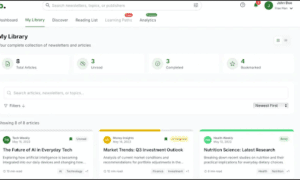The Serbian Language is a standardized form of the Serbo-Croatian language. This language is spoken predominantly by Serbs and is the official national language of Serbia. It is also an official language in Bosnia and Herzegovina, Montenegro, and Kosovo. Whether you are looking to improve your communication skills or simply want to learn more about the country, the Serbian language is an excellent choice.
Learning the Serbian language is not easy, but it’s possible. You can talk with Serbian people and by focusing on daily phrases and learning a few keywords each day, you’ll be able to quickly master the language and make progress. Similarly, memorizing lots of words is not easy, but using appropriate phrases will help you tackle difficult grammatical concepts. Learners can get started with this language learning process for free. Learning daily phrases will keep you motivated and provide you with valuable practice.
The Serbian language is written in Latin or Cyrillic script. It is a digraphic language, and it uses both Latin and Cyrillic alphabets. Although both are used in Serbia, Latin is the more commonly used alphabet in the country. The Cyrillic alphabet is the official Serbian language, while the Latin alphabet was designed by Croatian linguist Ljudevit Gaj in the 1830s.
Adverbs are essential in everyday conversation, and they are commonly used in sentences without a subject. Most Russian adverbs end in -o, while Serbian adverbs end in a similar affix. The Serbian grammar is similar to other Slavic languages in its complexity. Nouns are marked for gender, number, and case. Adjectives agree with the nouns and are conjugated by aspectual prefixes.
The Serbian language is highly phonetic, largely because the alphabet has 30 letters – 5 vowels and twenty-five consonants. The Serbian alphabet also contains a letter called ‘r’ that is capable of acting as both a vowel and a consonant. Because of this, Serbian words can have varying amounts of stress. Therefore, it’s imperative that you learn to pronounce the Serbian language correctly in order to communicate effectively in a foreign language.
A useful reference work is the Britannica. Its table is arranged according to the Latin alphabet. Thus, speakers of Serbian can understand those who speak these languages. In addition to this, a Serbian language dictionary is available in English. Its historical dictionary is not exhaustive, but it is a great starting point for anyone interested in the language. If you’re looking to learn more about this language, you should check out some of the other languages that are written in it.
Besides the Serbian language, you should also learn a few other minority languages of the region. Several languages, such as Bosnian, Croatian, and Slovak, are officially recognized in Serbia. There are also a number of minority languages in the country, including Rusyn, Albanian, and Macedonian. This makes learning the Serbian language an excellent choice for a trip to these regions. They are home to some of the country’s most beautiful locations, and their language is a beautiful and fascinating one.



































